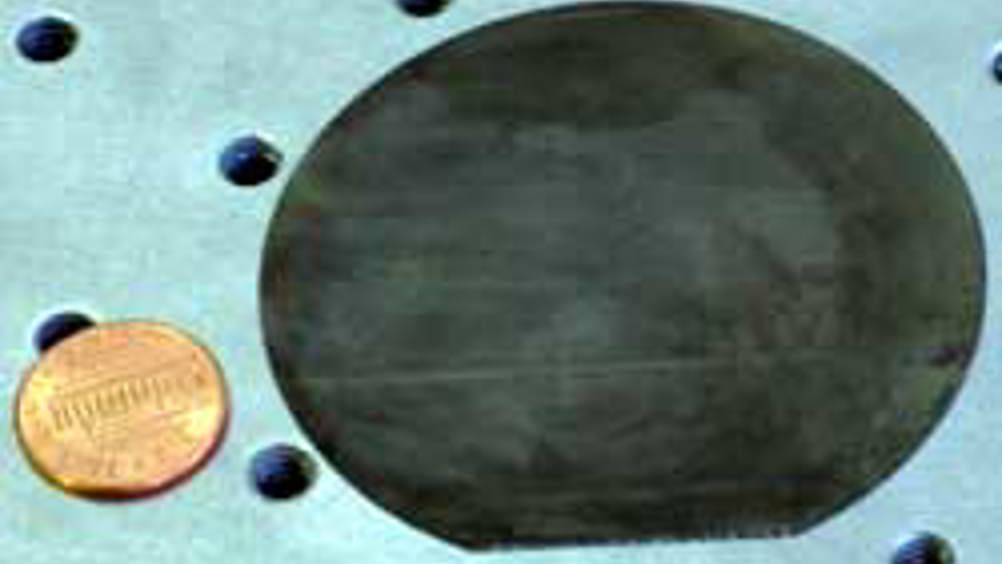Reducing costly waste
University of Utah engineers have devised a way to slice thin wafers of germanium that could make them more cost-effective for use in solar cells.

University of Utah engineers have devised a new way to slice thin wafers of germanium that they claim could lower the cost of solar cells based on the semiconductor material.
The expensive solar cells now are used mainly on spacecraft, but with the improved wafer-slicing method, germanium-based, high-efficiency solar cells could be used for generating solar power on Earth, said Eberhard Bamberg, an assistant professor of mechanical engineering at the university.
Brass-coated, steel-wire saws are currently used to slice round wafers of germanium from cylindrical single-crystal ingots. But the brittle chemical element cracks easily, requiring broken pieces to be recycled, and the width of the saws means a significant amount of germanium is lost during the cutting process. The sawing method was developed for silicon wafers, which are roughly 100 times stronger.
The new method for slicing solar cell wafers - known as wire electrical discharge machining (WEDM) - wastes less germanium and produces more wafers by cutting even thinner wafers with less waste and cracking. The method uses an extremely thin molybdenum wire with an electrical current running through it. It has been used previously for machining metals during tool-making.
Register now to continue reading
Thanks for visiting The Engineer. You’ve now reached your monthly limit of news stories. Register for free to unlock unlimited access to all of our news coverage, as well as premium content including opinion, in-depth features and special reports.
Benefits of registering
-
In-depth insights and coverage of key emerging trends
-
Unrestricted access to special reports throughout the year
-
Daily technology news delivered straight to your inbox










UK Automotive Feeling The Pinch Of Skills Shortage
Not so much attracting skills to the UK but generating skills within the UK is what is needed! That statement suggest they are in effect wanting to...